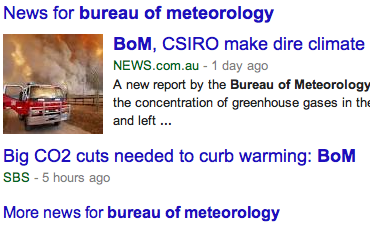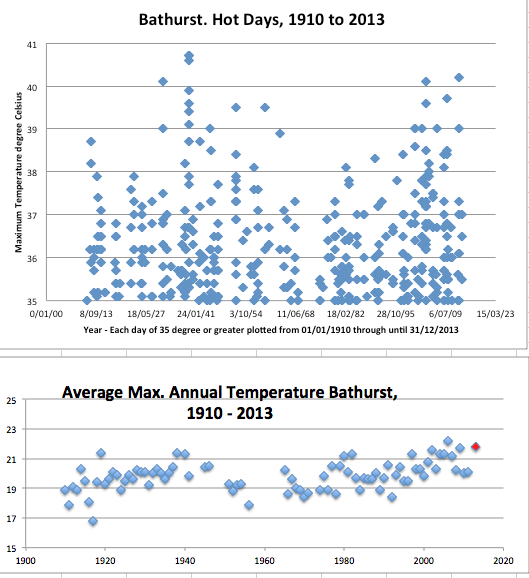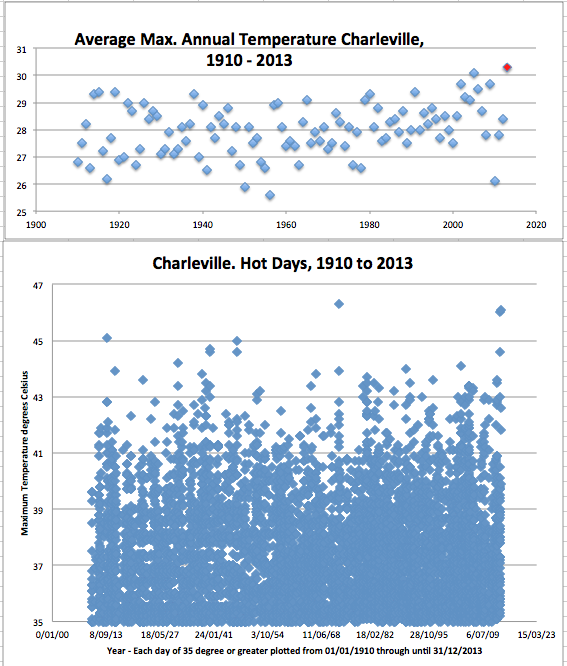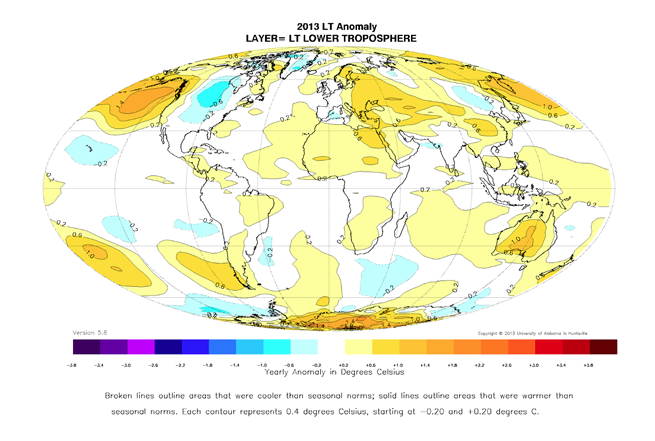The Intergovernmental Panel on Climate Change’s Fifth Assessment Report (AR5) is being released in four parts with Working Group II due to officially release their contribution on “Impacts, Adaptation and Vulnerability” in Yokohama, Japan, on Monday 31 March.
Comments on the IPCC report, and pre-release publicity, are welcome in the following thread.
For an alternative perspective on climate change the Nongovernmental International Panel on Climate Change (NIPCC) will be posting their second report in the next week or so. In the meantime their March 2014 Archive of Scientific Literature Reviews can be accessed here http://www.nipccreport.org/issues/2014/mar.html







 Jennifer Marohasy BSc PhD has worked in industry and government. She is currently researching a novel technique for long-range weather forecasting funded by the B. Macfie Family Foundation.
Jennifer Marohasy BSc PhD has worked in industry and government. She is currently researching a novel technique for long-range weather forecasting funded by the B. Macfie Family Foundation.